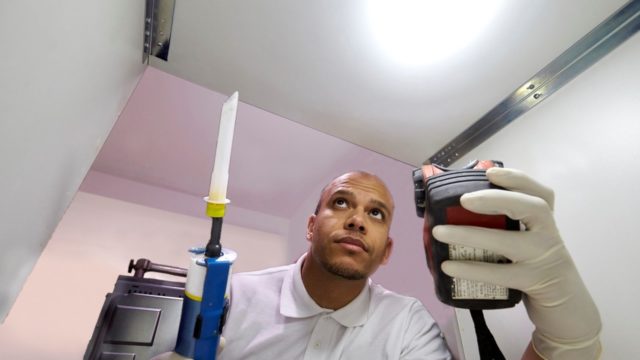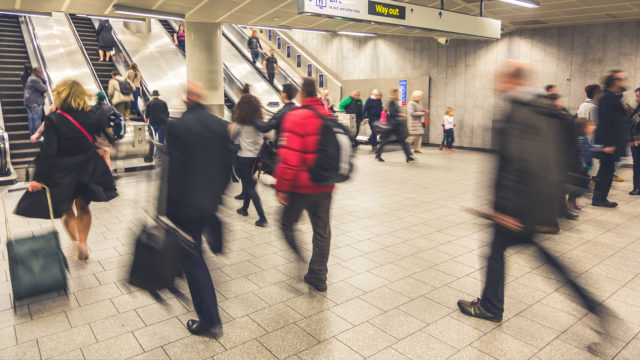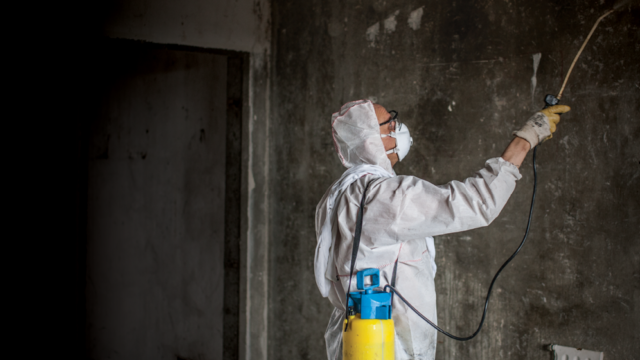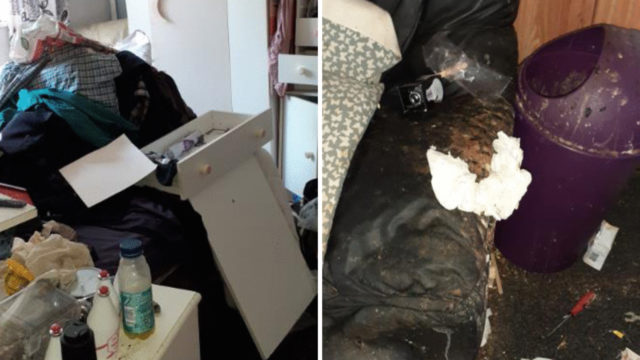Should you ever find yourself in the unfortunate position where your business has fallen subject to flooding, you will need to know exactly what to do, as well as what not to do, in order to restore your premises and belongings and prevent further flood damage.
If it’s a natural disaster flood, then obviously these circumstances are out of your control, but if the flood has been caused from a leak within the premises, you should first try to locate the root of the problem and rectify it as soon as possible to prevent any more damage from the flood.
Here are some of our top tips of dos and don’ts in a handy flood damage infographic so that you can stand the best chance of salvaging your items, whilst avoiding any further damage to your belongings and property.
Need Flood Damage recovery services? Call SafeGroup on 0800 668 1268.
Dos and Don’ts after flood damage
We’ve helpfully provided you with an embed code so that if you want to show this infographic off on your own website then all you have to do is click the link below and copy and paste this HTML into your site. All we ask is that you kindly link back to this page and give credit where it’s due!
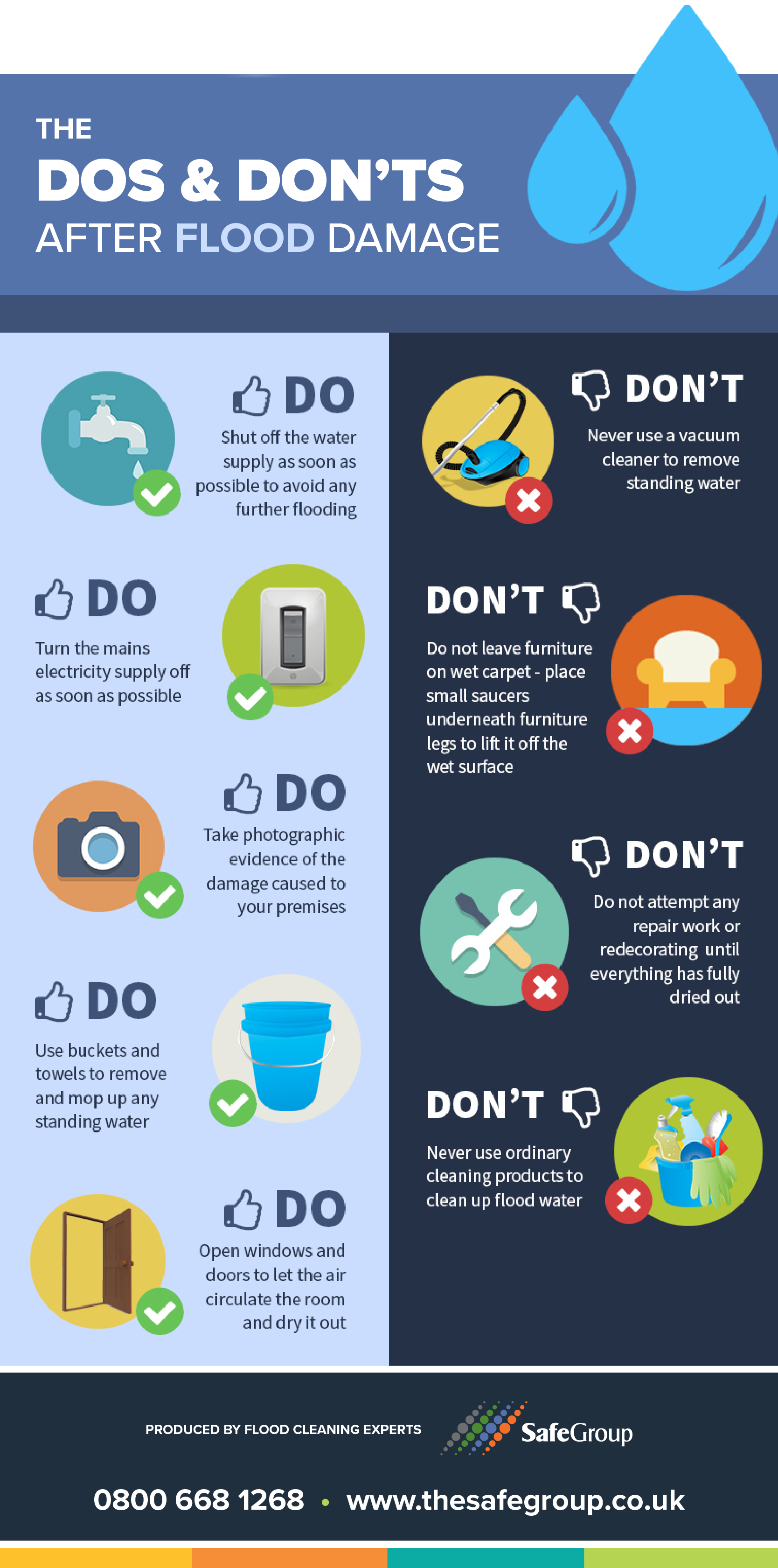
Do
Shut off the water supply
If the flood was not a natural disaster and it has instead come from within the property, then the first thing you should do is shut off the water supply as soon as possible to avoid any further flooding.
Turn off electricity
To eliminate the risk of any accidents within the vicinity of the flooded area, you should turn off the mains supply so there is no power to the building.
Evidence
It’s important for your insurance claim that you provide evidence of the damage that was done. This is best achieved by logging photographic evidence and making a backup too, incase anything happens to the original files.
Remove any standing water
Anywhere there is standing water, you should remove it as soon as you can. Use buckets to remove any large quantities of water and towels to mop up and dry any other areas that have patches of water still lingering.
Be aware of slipping hazards
Moving from a wet area onto hard or vinyl flooring creates a huge slipping hazard. Take extra caution when walking on hard flooring, or put some old mats down for extra grip underfoot.
Remove any valuable items
Make sure all valuable items are removed out of the affected area. This could include belonging such as: paintings, artwork, family photo albums, books, magazines etc.
Open all cabinet drawers and doors
Any cabinet drawers and doors need to be fully opened in order to let the furniture dry out. If they do not open easily, there is a chance they could have swelled up due to the absorption of water, in which case do not force them open.
Open all windows and doors
Let the air circulate the room and dry it up by opening all windows and doors. Open windows in cool weather, and in warm weather, turn on air conditioning units for the most effective results.
Don’t
Use a vacuum
A vacuum cleaner should never be used as an alternative to a mop when it comes to cleaning up standing water. Not only is this an ineffective method but it could cause damage, or even break your vacuum in the process.
Turn on ceiling fans
Never attempt to turn on a ceiling fan, if you know or suspect that the ceiling is wet. If you follow our advice above and turn off the electricity straight away, then you will avoid this mishap altogether.
Leave furniture on wet carpet
Leaving your furniture to stand on wet carpet will only damage it even further. Instead, you should place small saucers underneath the furniture legs so it has something to rest on and is raised off the wet surface.
Attempt redecorating
Any repair work or redecorating should be done much later on. Attempts to redecorate wet walls could result in peeling wallpaper and damp, stained patches of paint. Instead, everything should be given the time to thoroughly dry out before any further work is done.
Use ordinary cleaning products
Flood water can often be contaminated with sewage, causing a threat to your health if it isn’t cleaned up in the right way. In light of this, ordinary cleaning products are redundant when it comes to cleaning up toxic flood water, instead stronger and more specialist products need to be used.
SafeGroup Emergency Cleaning
Cleaning up toxic flood water is a job best left in the hands of flood cleaning and recovery professionals. SafeGroup are specialists when it comes to emergency cleaning. Dealing with these emergency situations day in, day out means that we have all the knowledge, experience and equipment in order to restore your property back to its former condition as quickly as possible.
For more advice on what you should do after a flood and a fast response to flooding emergencies, call us on 0800 668 1268.

